Windsurfing forward loops are THE most attention-grabbing aerial move you can do as a sailor. They feel great, look awesome and (next to carve gybes) are one of those Holy Grail maneuvers within the sport.
Once you can jump, are happy in breezy conditions, and have a go for it attitude it’s a logical step to start focusing on windsurfing forward loops. Using your Flymount Aero 40 or Flymount Original it’s a move that can be self coached. As this article explains.
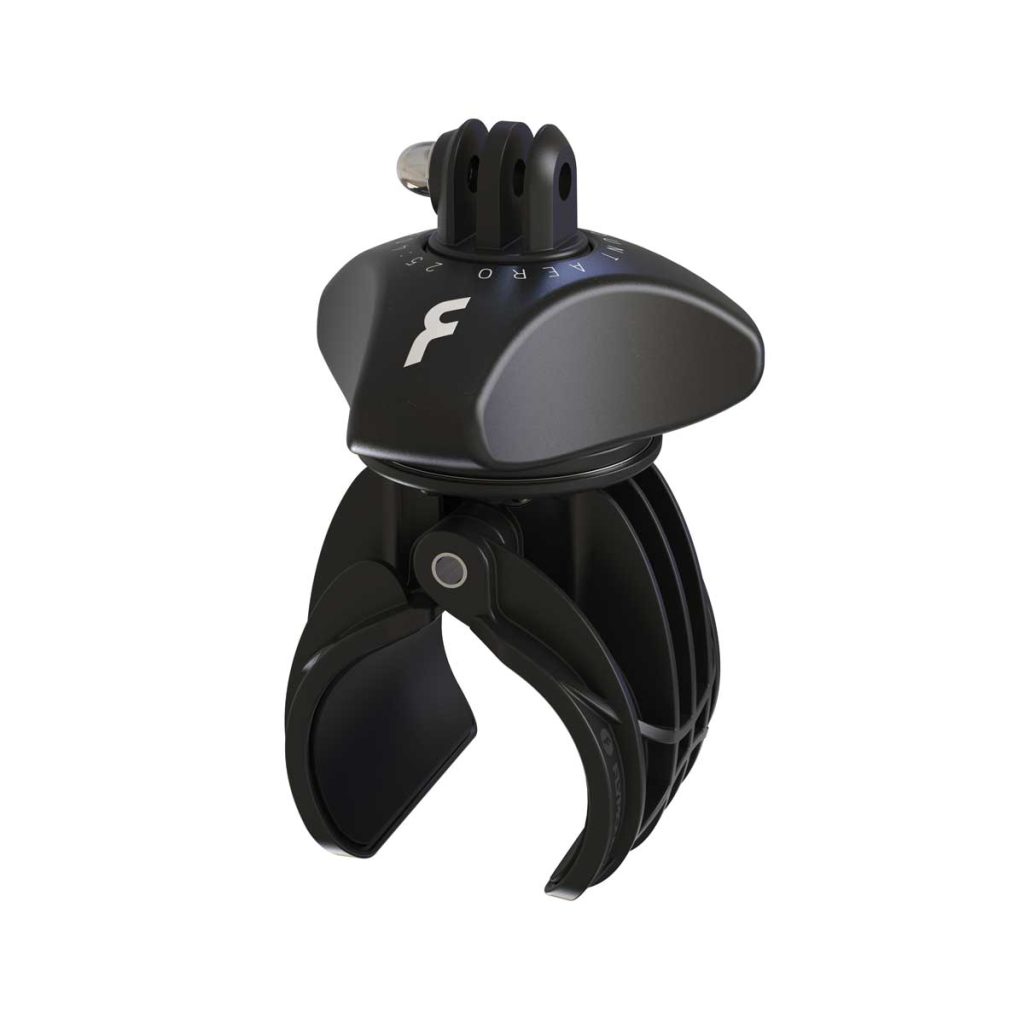
Flymount Aero-40 Ultralight Action Camera Mount
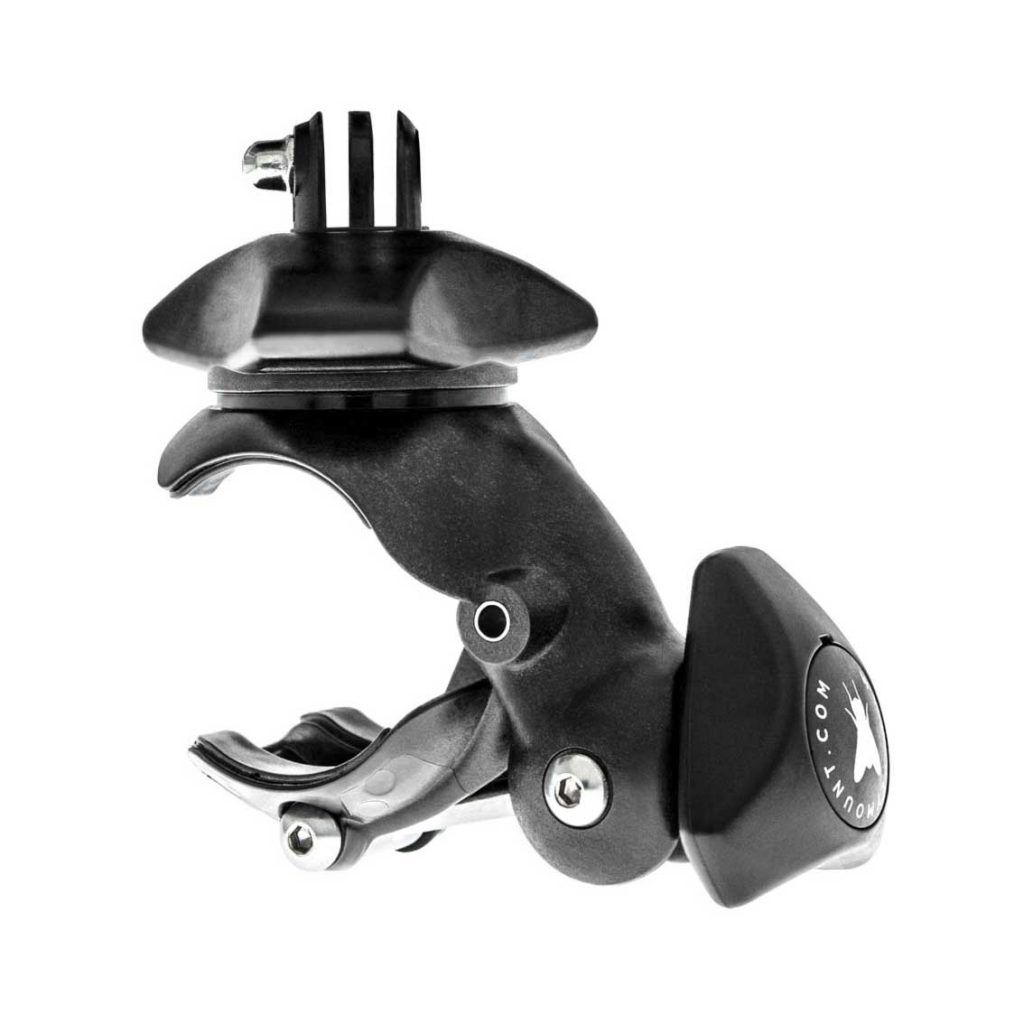
Flymount Original Action Camera Mount
Check out the following article topics –
Windsurfing forward loop origins.
It was windsurfing legend and surfer Peter Boyd who pioneered the forward loop back in the early 80s. Up until that point rotations had been considered. And even attempted. But kit was heavy and prone to breaking. As the sport advanced and equipment got better Peter and his pals started getting inverted.
Then, in 1986, a 17 year old Cesare Cantagalli from Italy performed the first inverted aerial loop during competition. Now called the Cheese Roll Cesare’s antics opened the floodgates to more airborne manoeuvres and helped shape wave sailing, freestyle and jumping elements of windsurfing.
Forward loops today.
Any windsurfer with advanced skill can’t help but be drawn to forwards. Whether on flat water, off chop or a full blown waves there’s nothing quite as spectacular as a windsurfer rotating through the air. It looks death defying to non-sailors. Whilst seasoned riders will always give the forward a nod of approval.
The technique itself isn’t that hard to get your head around (no pun tended!). At least compared to more technical windsurfing tricks. Simply jump, throw the rig above and to windward, tuck your back leg up and point the board downwind, sheet in hard, look over your back shoulder and rotate. Easy! And whilst it is a fairly easy move it still has its own nuances when being learned. The biggest hurdle is commitment as ‘going over the handlebars’ looks scary. And indeed, the crashes when starting your forward looping journey can be daunting.
A deeper understanding of loop technique.
As with all areas of windsurfing technique is paramount. With the discipline being an elder statesman of watersports we now know much about the mechanics of surfing with a sail. As such, moves within windsurfing are easily broken down. And there are foundational drills most riders can practise before going at it proper.
Beach drills with the rig, chop hops with a committed tuck, Wymaroos and so on all help when you first initiate that first loop. Listening to words of wisdom from those who can, as well as watching riders looping, is all good info and will help get you in the mood. Ultimately though, until you actually try your first forward you just won’t know. But having popped your looping cherry success is ever closer!
Using your Flymount for forward loop self coaching.
The unique point of view angle a Flymount Aero 40 or Original gives is great for self coaching when learning to forward. Post-session analysis of the footage can yield a lot. The subtleties of forward looping technique will be laid bare allowing riders to tweak their approach and get closer to the reward.

With Flymount action cam mounts – produced in a lightweight and unobtrusive fashion – getting on with the job in hand once affixed to your mast is the order of the day. All Flymount mounts are robust and able to cope with the rigors of crashing and burning. Which you’ll do quite a bit of at first when trying forwards. Unless you happen to one of those amazingly gifted sailors who find moves too easy!
1. Use your hands.
As with all windsurfing moves where you position your hands on the boom is vital. With windsurfing forward loops it’s the difference between having enough leverage and too little. The idea is to sheet in hard after you’ve popped, thrown the rig to windward and pointed the board downwind.
Your Flymount Aero 30 or Original’s unique vantage point means sailors can identify exactly where their hands are on the boom at any one time. You may think they’re in the right place but often they’re not. Your front hand should shift back to just in front of the forward harness line edge. Your back hand then needs to move all the way down to the clew. This will then give lots of pull to spin.
2. Use your head.
All windsurfing moves – from the basic to the advanced – rely on head movement. More specifically everything follows your head and where you look. If you gaze at your toes chances are you’ll end up in the drink. Look upwind and you and your kit follow. You get the idea.

With forwards, the first thing is to spot your take off well in advance. As you pop/jump, look downwind to force the nose of your board onto the same trajectory. Keep your head turning to align with the process of sheeting in. At this point you should be looking over your trailing shoulder with the rig sheeted right in HARD. As you spin through the move the water will come back into view and you can spot your landing. Not doing this will usually result in a crash.
3. Tuck your back leg.
Another key part of the windsurfing forward loop is tucking your back leg right up into your backside. Straight after you’ve popped, bring it up into your bum. This will also help the board’s nose to dip and point downwind.
With the rig to windward, the head looking over your training shoulder and the sail sheeted in hard you’ll whip through the move and come back round to a splash down. Hopefully in an upright position. At the very least you’ll land in a water start position all being well.
4. Land and throw the rig forwards.
Landing tail first followed by the rig being thrown forwards and up is the method to landing the forward loop. You’re not aiming to completely rotate and land flat. This would probably result in your board snapping or other equipment damage. And the rotation is more sideways than end over end.
Throwing the rig forward and up – much like the latter part of a waterstart – is how to finish off the move. As with the above hands, head and legs will help you succeed. Slide your hands forwards, look in your direction of travel and stay tucked until ready to resume your normal sailing position.
5. Flymount for the forward looping win.
All of the technique nuances can be picked up when shooting via an action camera. The close up point of view depth of field will allow riders to playback footage and/or study photos to pinpoint where things went wrong or ended up right.
-
Flymount Aero-40 – Tripod Bundle
83,00 € -
Flymount Aero-130 – Tripod Bundle
85,00 € -
Tripod Adaptor
15,00 €
As long as you have a good understanding of the windsurfing forward loop technique you’ll be able to self coach yourself through the move easily. You can always upload the footage and ask other more experienced riders to critique your technique and identify things to work on next time.
Other things to consider.
With all Flymount windsurfing action cam photography weather conditions play a big part. Ideally shooting on a bright or sunny day will yield the most dynamic results and give a better view of what’s going on. We appreciate, however, this isn’t always possible as Mother Nature can’t be controlled.
Conditions play a big part in forward loop training. Ideally, you want some decent wind of around 20+ knots. So you’re on a sensible sail size of around 5m-4m. Too light and forwards become too technical whereas strong winds and big waves are scary. Although some small chop/ramps are a good idea as these can be popped off. Avoid mast high waves though!
Rider safety points when forward looping.
If you’re learning to forward then wearing an impact vest and helmet would be a good call. Forwards aren’t dangerous per se but there’s no harm in being prepared as things can go wrong sometimes.
Choose your launch spot carefully. Avoid rocky or reefy locationss and stay out of the way of others. Crashes mightn’t hurt you but you could become a hazard to fellow windsurfers. Lastly, if you’re not feeling it then don’t force the issue. Better to sit it out until next time rather than going after something your head’s not into.
Flymount safety points.
All Flymount action camera mounts are designed with this kind of thing in mind. They’re manufactured with lightweight materials and are also super robust. They’ll cope with riders chucking themselves over the handlebars with no issue.
That said we highly recommended all Flymount users to ensure the safety leash line is attached. As we said above things can go awry sometimes and we’d hate anyone to lose their expensive action camera. You can see how to attach your Flymount leash safety line here.
Summing up the windsurfing forward loop.
Forwards are probably one of the most fun and accessible aerial moves you can do when windsurfing. We appreciate they’re not for all. But plenty of riders do. If you’re just setting out on your forward looping journey then big up. It may take a little while to get consistent but stick with it and you’ll nail it.

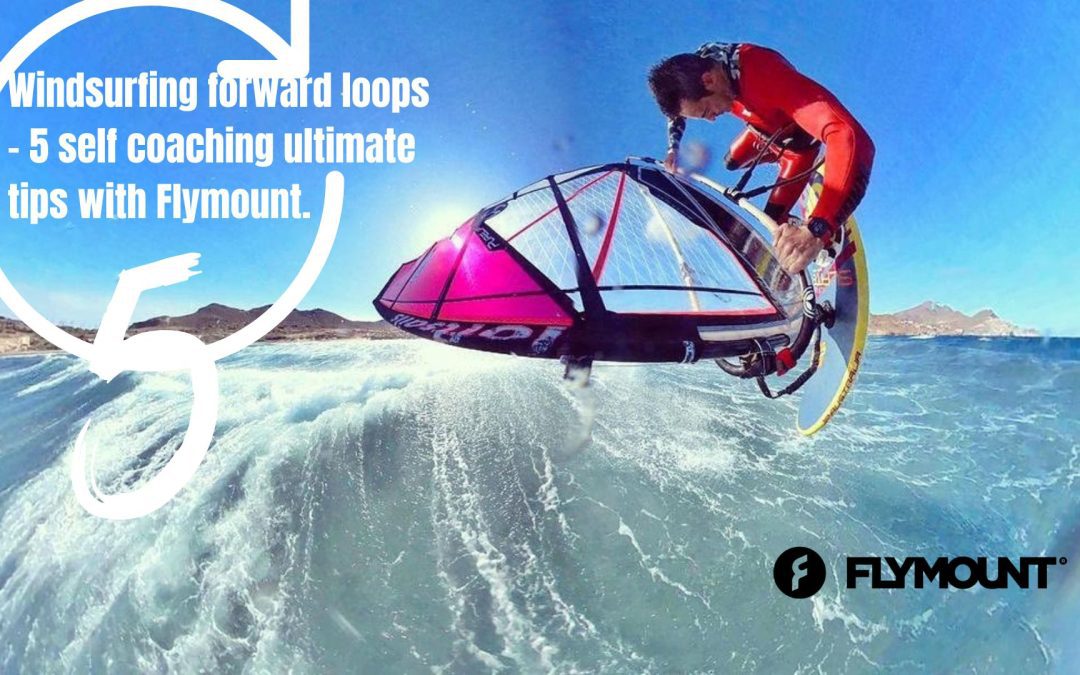
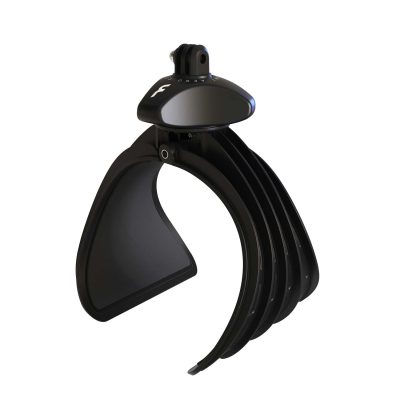
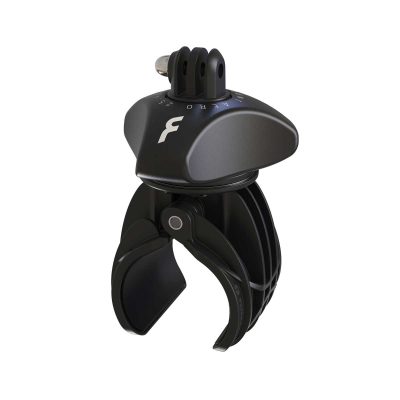

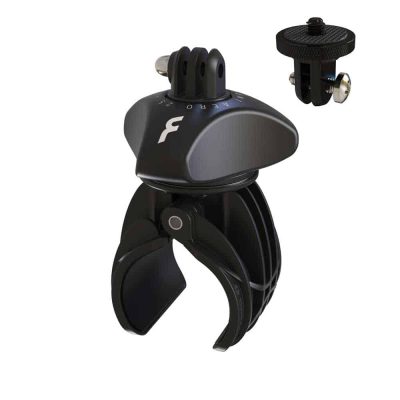
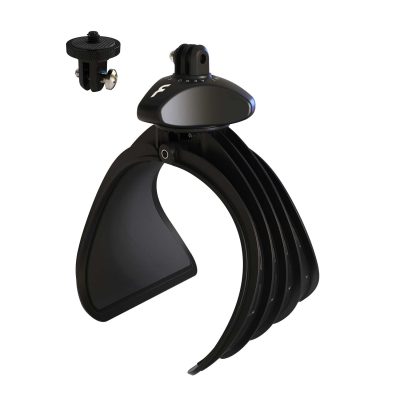
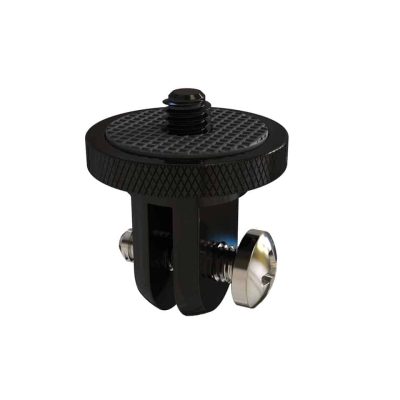
Recent Comments